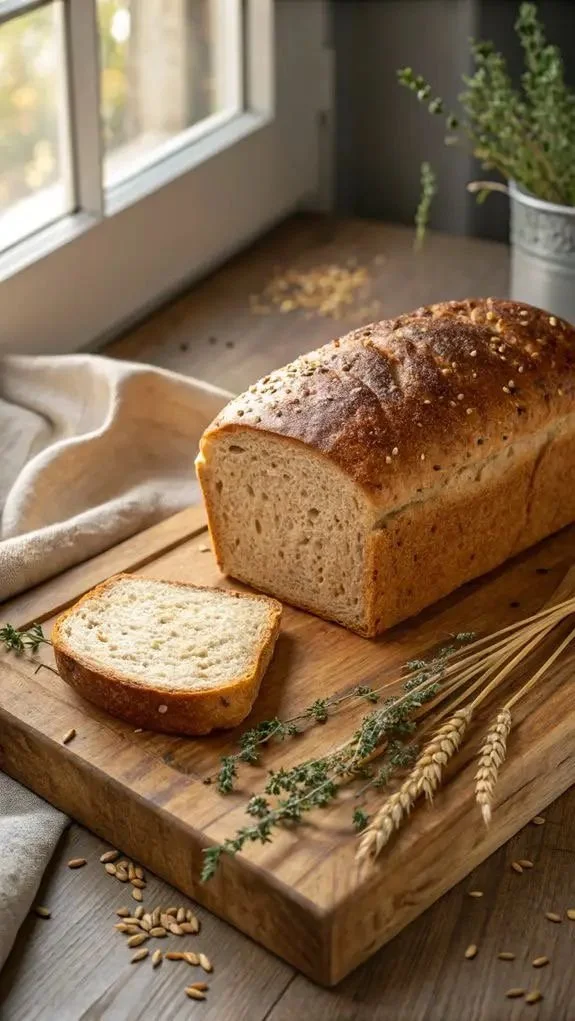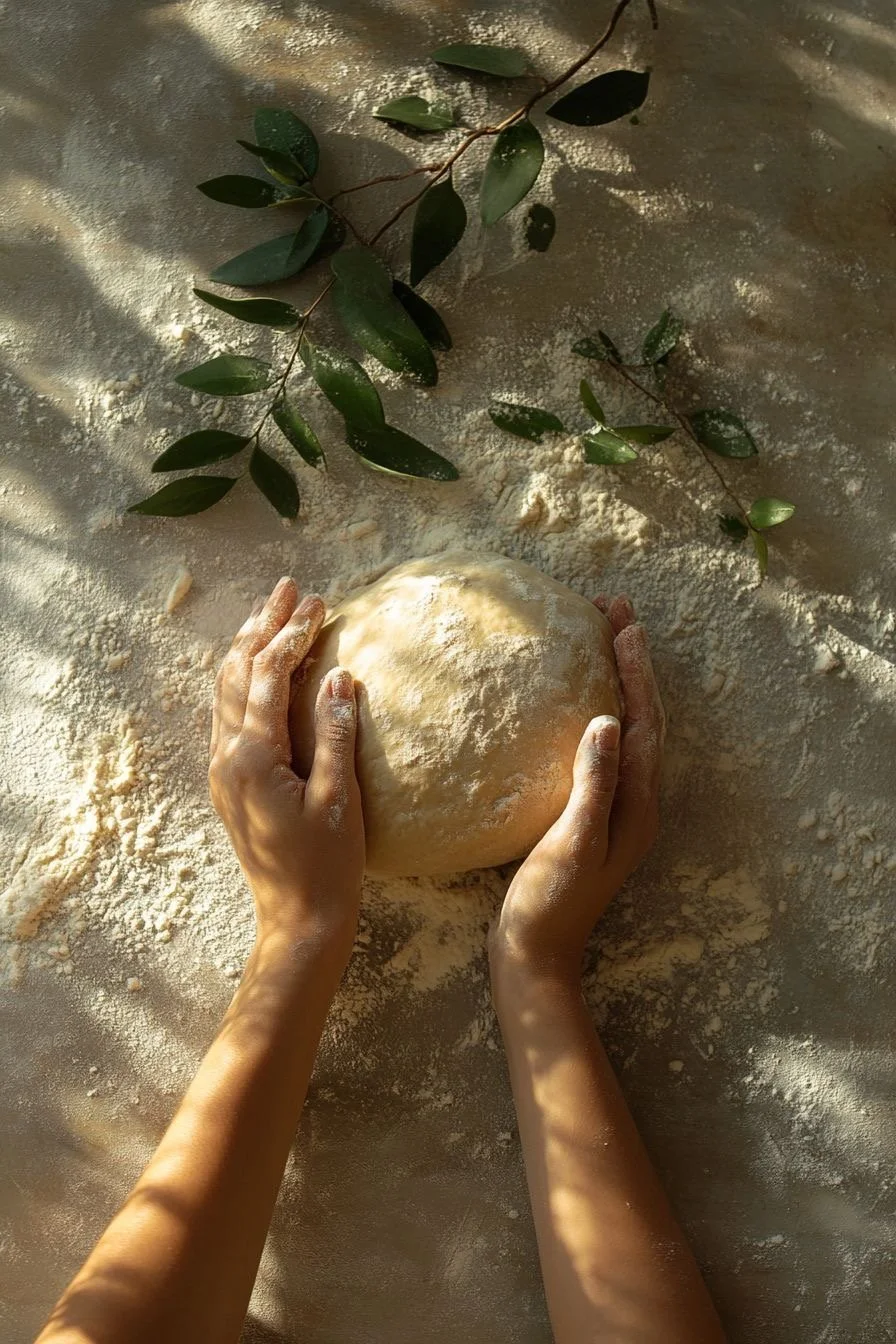The Rise (and Fall) of Real Bread: What We Gave Up for Convenience
There’s something about the smell of fresh-baked bread that just feels like home. But it’s more than comfort—it’s connection. For most of history, bread wasn’t just a staple; it was alive with nutrients, enzymes, and goodness. It was made fresh, close to home, and from whole ingredients. But somewhere along the way, we traded all that for convenience—and we’ve been feeling the effects ever since.
🕰️ A Brief History of Bread
For centuries, families got their bread from local bakers, or made it themselves from freshly milled grains. This bread was made with all parts of the wheat kernel—bran, germ, and endosperm—which meant it was naturally full of fiber, healthy fats, B vitamins, and minerals like iron and magnesium. The natural oils and enzymes in the wheat helped with digestion and provided nourishment you could feel.
But in the late 1800s, things started to change. With growing cities and the rise of industrialization, flour needed a longer shelf life. Millers began using steel roller mills that separated out the bran and germ—removing the parts of the wheat that could spoil. This new white flour was shelf-stable, easy to transport, and great for mass production… but it came at a cost.
We lost so many of the natural nutrients and enzymes that made bread such a nourishing food in the first place.
By the 1930s and ‘40s, health experts began to notice nutrient deficiencies from all this stripped-down flour. In 1941, the U.S. began requiring “enriched” flour—adding back iron and B vitamins like thiamin and niacin—to help address those gaps. But even enriched flour doesn’t include fiber, vitamin E, healthy oils, or the natural enzymes that help your body digest it.
🍞 Convenience Over Nutrition
Over time, bread-making became even more industrialized. In 1928, pre-sliced bread hit the market. In 1961, the UK developed the Chorleywood Bread Process—a fast, high-speed mixing method that let factories churn out fluffy loaves in record time. Again, it was convenient. But much of the flavor, texture, and nutrition that came from slow fermentation and whole ingredients was lost.
Today, most commercial bread in the U.S. is made with refined, enriched flour. It’s better than nothing—but still low in fiber, stripped of natural enzymes, and lacking the full spectrum of nutrients our bodies crave. And we wonder why so many people feel bloated, sluggish, or unsatisfied after eating bread.
We’ve chosen convenience… and in doing so, we’ve lost a lot of the nourishment that used to be baked right in.
🌾 My Story: From “Gluten-Free” to Fresh-Milled
I started avoiding gluten when I was young after struggling with allergies and stomach issues. For years, I cut out wheat, dairy, and other “triggers,” relying on gluten-free products that I thought were healthier for me. But honestly? Most of them were made with ultra-processed ingredients, gums, and starches that didn’t make me feel great either.
It wasn’t until recently—just in the past year or two—that I started learning about freshly milled wheatberries. I bought a grain mill and began baking our own bread, muffins, pancakes, and more from scratch. Using the whole grain. Not pre-ground flour. Not gluten-free blends. Real, living wheat.
And I was amazed.
Not only could I eat it with no digestive issues, but I actually felt better. More energy. Less bloating. Better mood. I realized my body wasn’t reacting to wheat itself—it was reacting to what modern bread had become.
Now, fresh-milled bread has become a huge blessing in our home. It feels so good to know I’m feeding myself and my husband something that’s truly nourishing—made the way bread was meant to be.
And a little bonus? It’s actually saved us money.
If you’ve ever eaten gluten-free, you know how expensive those products can be. Milling our own flour and baking from scratch has made a noticeable difference in our grocery budget—plus, it tastes way better.
🥖 Why Fresh-Milled Bread Makes a Difference
Freshly milled wheat flour includes all parts of the grain:
• Bran for fiber and digestion
• Germ for healthy fats and B vitamins
• Endosperm for structure and carbs
• And all the natural enzymes that help your body process it
Because the oils and nutrients are still active, this bread is alive. It’s satisfying. And it’s something our bodies know how to use.
Many people who think they can’t tolerate gluten have traveled to Europe and been surprised to find they can eat bread there with no problem. While this doesn’t necessarily apply to those with celiac disease, for people with sensitivities, it may be the way the bread is made. In many parts of Europe, breads are still fermented slowly, made with fewer additives, and baked fresh—often with fewer preservatives and processing than what we see on U.S. grocery shelves.
It’s not just about the ingredients—it’s about the process. And when we slow down and go back to the basics, our bodies feel the difference.
✨ Real Food First
I believe our bodies are designed to get nutrients from real food first—not just supplements. I’m not anti-supplement (sometimes we need the boost!), but if we’re constantly reaching for pills instead of nourishing meals, maybe it’s time to go back to the source.
For me, that started with bread.
If you’ve ever felt frustrated with your health, struggled with bloating, or thought you had to give up bread forever—I just want to say there might be another way. Try real food. Try whole grains. Try milling your own flour. You might be surprised by how your body responds.
Curious about getting started?
If you’re interested in learning more or want the links to the grain mill I use, where I buy my wheatberries, or how I bake our bread each week—just reach out or leave a comment! I’d love to share what’s helped me and point you in the right direction. It’s simpler than you think, and honestly so worth it. 🤍



